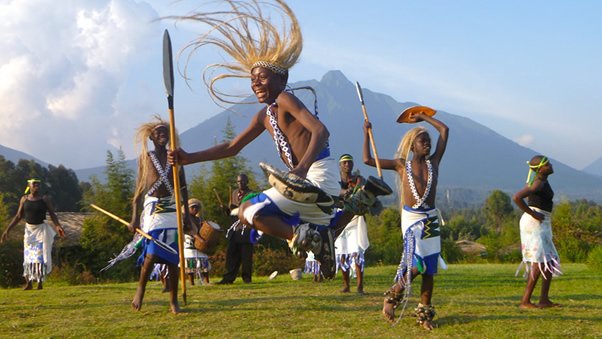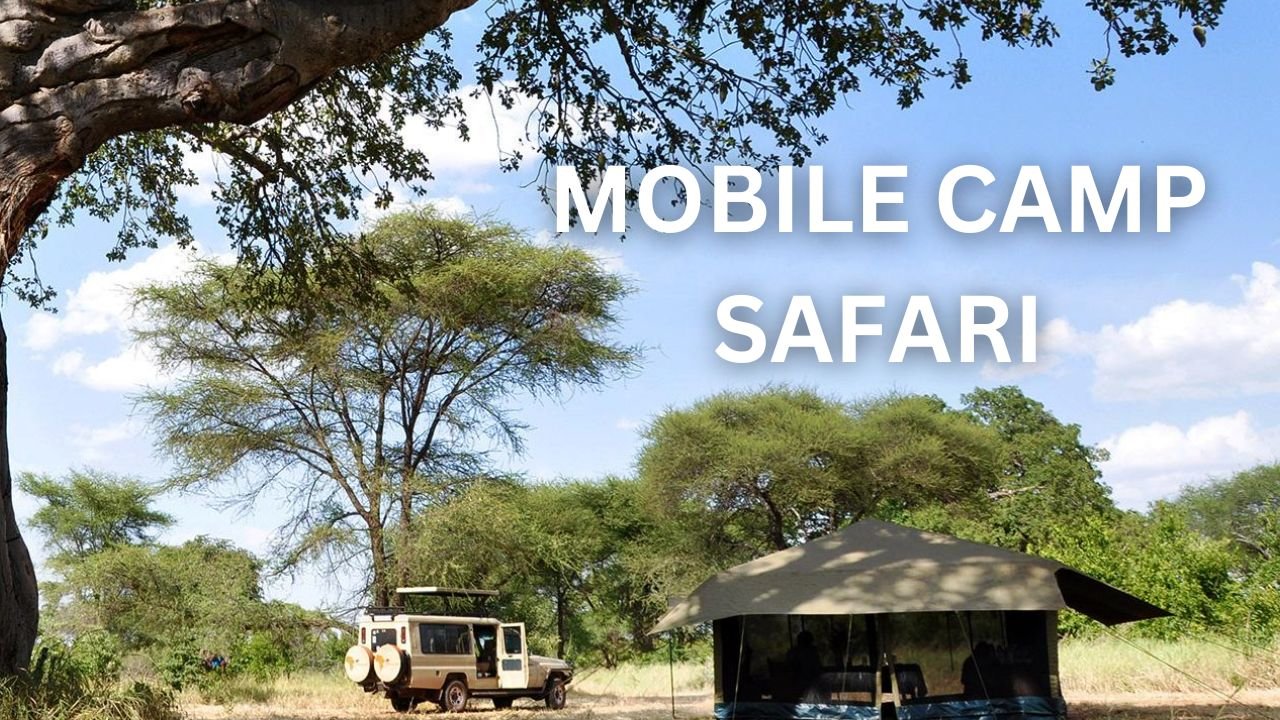The Highest Mountain in Africa
When it comes to Africa’s tallest peaks, there is one that stands head and shoulders above the rest, both literally and figuratively—Mount Kilimanjaro. Known for its towering snow-capped summit and iconic silhouette rising above the African plains, Mount Kilimanjaro is not just the highest mountain on the continent but also one of the most famous and most accessible trekking destinations in the world.
Mount Kilimanjaro
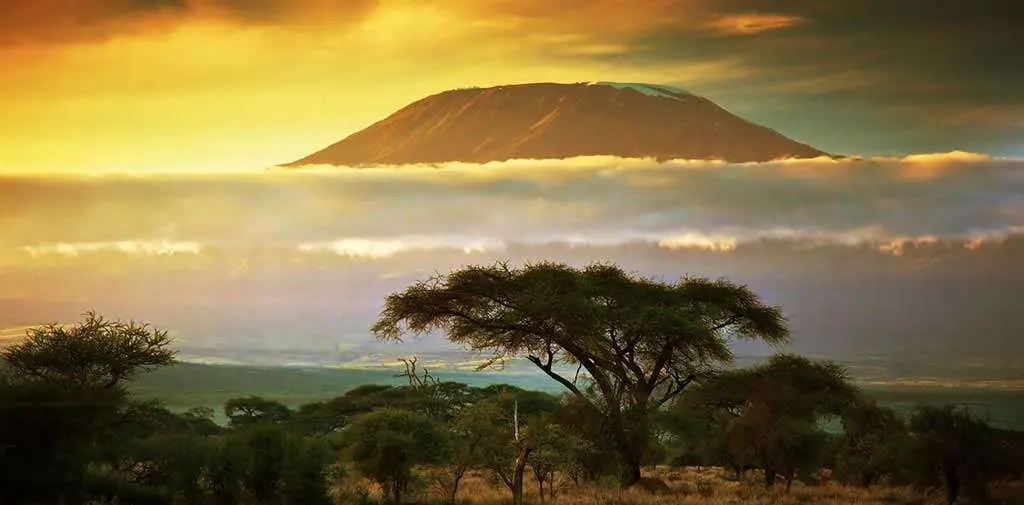
Standing at 5,895 meters (19,341 feet), Mount Kilimanjaro holds the distinction of being Africa’s highest peak, towering majestically over the surrounding landscapes of Tanzania. This dormant volcano is composed of three distinct volcanic cones: Kibo, the highest peak; Mawenzi, the second-highest; and Shira, which is no longer an active part of the volcano.
Mount Kilimanjaro is located in Tanzania, near the town of Moshi in the northeast part of the country, and is part of the Kilimanjaro National Park, a UNESCO World Heritage site. The mountain is not only a breathtaking natural wonder but also a source of intrigue, wonder, and challenge for adventurers from around the globe.
Why Mount Kilimanjaro So Special
1. An Iconic, Snow-Capped Summit
Despite its location just a few degrees south of the equator, Kilimanjaro is home to snow and glaciers at the summit. This striking contrast between the tropical surroundings at the base and the icy crown of the mountain creates one of the most visually impressive landscapes on the planet.
2. A Dormant Volcano
Kilimanjaro is a dormant volcano, with its last eruption thought to have occurred about 360,000 years ago. Its volcanic nature adds an element of geological fascination to any trek up the mountain.
3 . Climatic Diversity
One of the reasons for the mountain’s popularity is its climatic diversity. A trek up Kilimanjaro takes you through a variety of ecological zones. You’ll start at the tropical rainforests at the base, pass through moors and alpine deserts at higher altitudes, and finally, reach the snow-capped summit at the peak. This variety offers trekkers an immersive and dynamic experience as they ascend.
4 . Accessibility for Non-Technical Climbers
While Kilimanjaro is a challenging climb, it is also considered to be one of the most accessible high mountains in the world. Unlike many of the world’s highest peaks, Kilimanjaro doesn’t require any technical climbing skills, such as ice climbing or rock climbing. All you need is good physical preparation, a positive attitude, and the determination to succeed.
What to Expect While Trekking to Mount Kilimanjaro
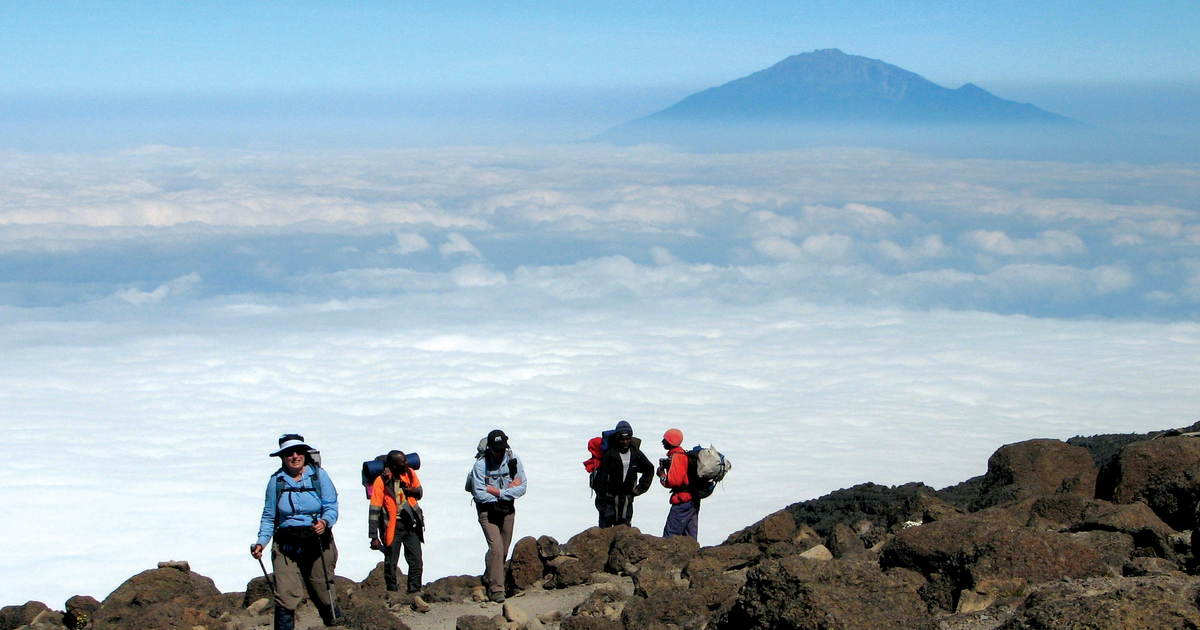
Climbing Mount Kilimanjaro is an experience of a lifetime, and the journey to the summit is as rewarding as reaching the peak itself. Here’s what you can expect during your trek:
1. Choosing a Route
Kilimanjaro offers several trekking routes, each with its own unique experience:
- Marangu Route (the “Coca-Cola Route”): The most popular and the only route with hut accommodations.
- Machame Route (the “Whiskey Route”): A more challenging route, but one that offers beautiful views and a better success rate due to its gradual ascent.
- Lemosho Route: A less crowded option that’s favored by many for its scenic beauty and relatively slow pace.
- Rongai Route: The only route that approaches the mountain from the north and provides a different perspective of Kilimanjaro’s landscape.
- Umbwe Route: Known for being the most challenging and steepest, it’s suited for experienced trekkers.
2. Acclimatization is Key
As you ascend Kilimanjaro, the air thins, and acclimatization is crucial to avoid altitude sickness. This is why most routes take at least 6 to 8 days to summit, which allows trekkers to gradually adjust to the changing altitude.
3. Reaching the Summit: Uhuru Peak
The ultimate goal for climbers is to reach Uhuru Peak, the highest point on Kilimanjaro and the highest point in Africa. The final ascent, often done in the middle of the night to catch the sunrise from the summit, is a physically demanding but immensely rewarding experience. Standing at the top of 5,895 meters and gazing at the vast African landscape below is a moment you’ll remember for the rest of your life.
Best Time to Climb Mount Kilimanjaro
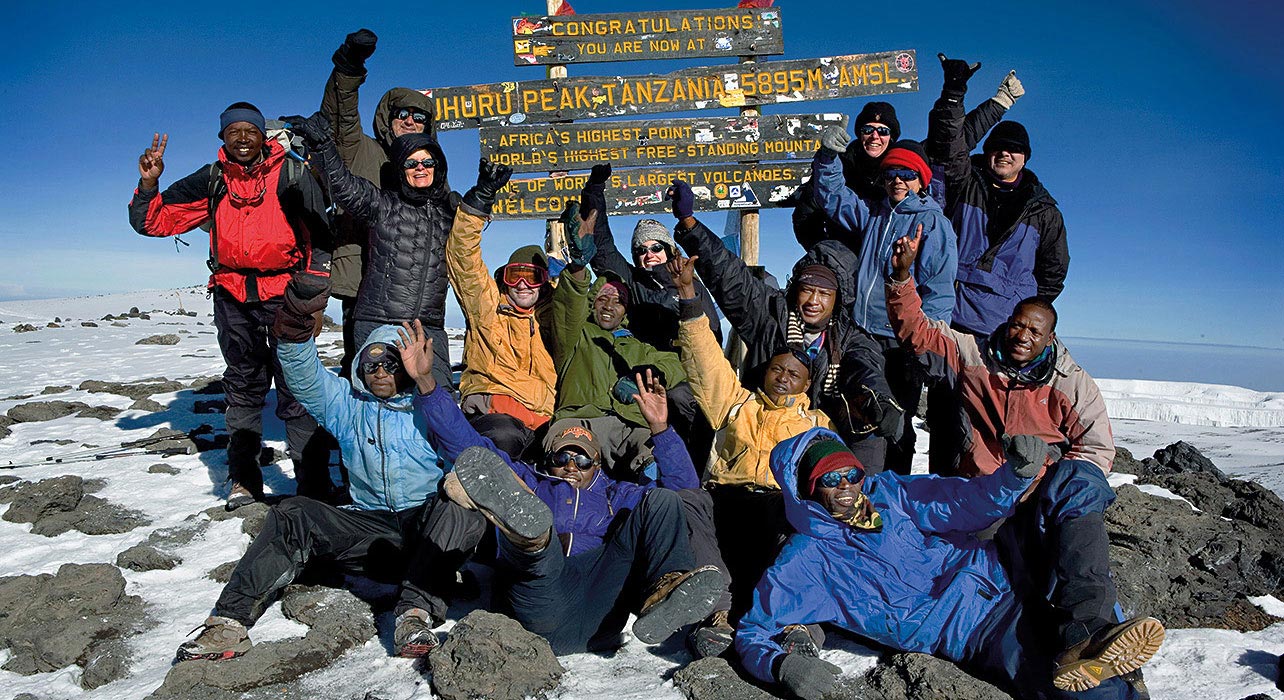
The best time to trek Kilimanjaro is during the dry season, which runs from June to October and again from January to February. These months offer clearer skies and more favorable weather conditions for climbing. However, due to its location near the equator, the weather can be unpredictable, and trekkers should always be prepared for changing conditions.
Avoid climbing during the rainy season (March to May), as the trails can become muddy and slippery, and the summit may be shrouded in clouds.
The Challenges of Climbing Mount Kilimanjaro
While Kilimanjaro doesn’t require technical climbing skills, it’s still a demanding challenge. The most difficult part of the climb is the altitude, with the final summit push being particularly tough due to the thin air. Symptoms of altitude sickness like headaches, nausea, and dizziness are common, so it’s important to listen to your body, drink plenty of water, and take things slowly. Trekking at a steady pace and spending extra days for acclimatization can significantly improve your chances of reaching the summit.
Kilimanjaro’s Environmental Challenges
Kilimanjaro is not just a mountaineer’s dream; it also faces some significant environmental challenges. Climate change is causing the glaciers at the summit to melt at an alarming rate, and the snow cover is diminishing year after year. This loss of ice is not only affecting the mountain’s iconic look but also contributing to reduced water supply for the surrounding communities. As a result, there is an increasing need for sustainable tourism practices and conservation efforts to protect this natural wonder.
Final Thoughts
Climbing Mount Kilimanjaro is more than just a physical challenge—it’s a journey that immerses you in diverse landscapes, exposes you to unique wildlife, and allows you to test your endurance and willpower. Whether you’re a seasoned adventurer or someone simply looking for a monumental challenge, reaching the summit of Kilimanjaro is an accomplishment you’ll never forget.
As Africa’s highest peak, Kilimanjaro remains one of the continent’s most iconic landmarks, attracting thousands of trekkers from around the world each year. It’s not just the highest mountain in Africa—it’s an experience that will leave you forever changed.


